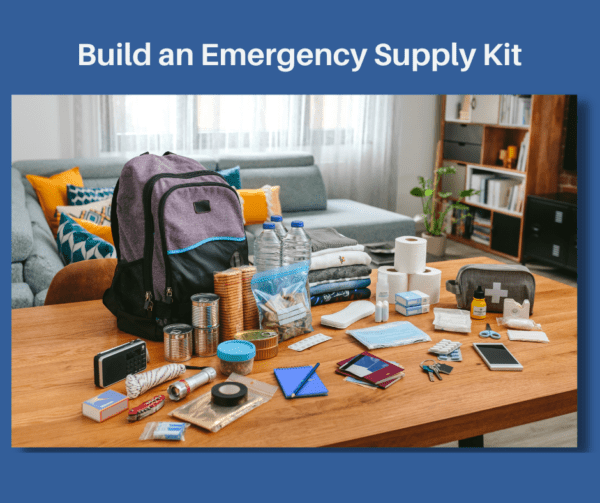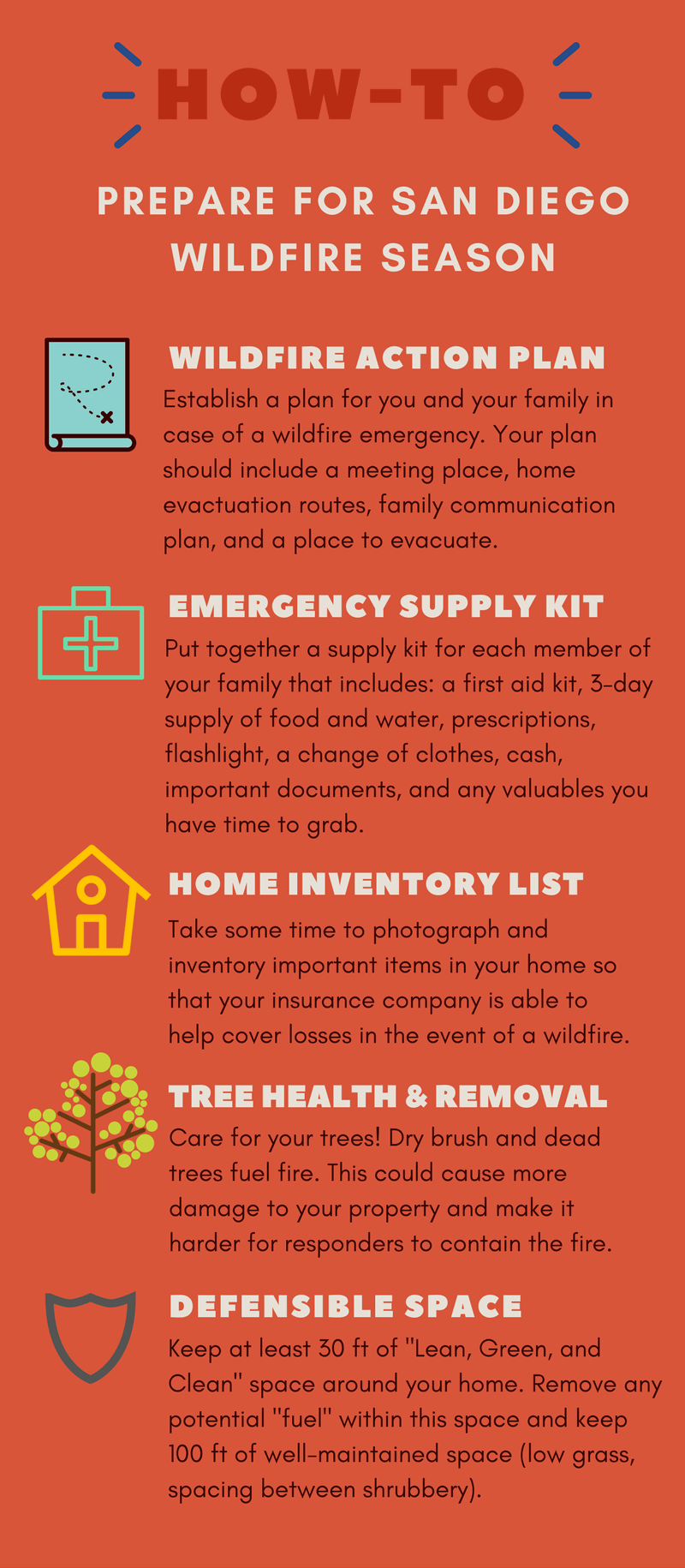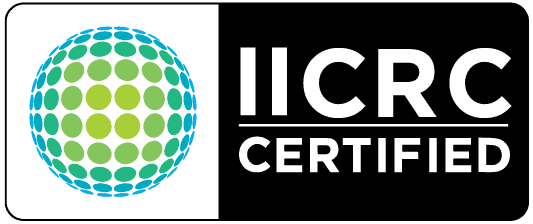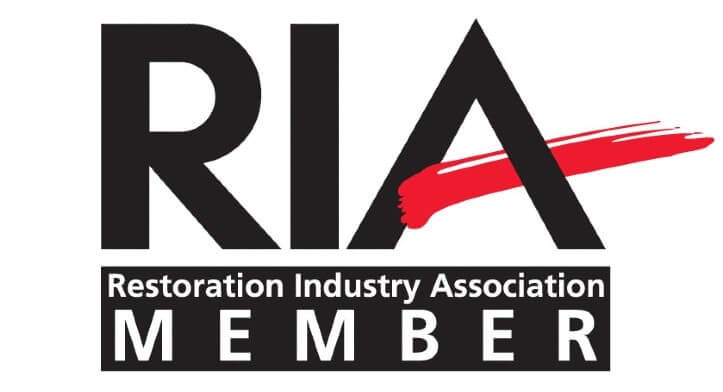How to Protect Your Home from Fire Damage
In Southern California, we relish the warm, sunny weather year-round. However, this pleasant climate can shift dramatically, leading to wildfires, especially during September and October, historically the worst months for fires in California. Experts now warn that wildfire season may extend almost year-round.
Given the unpredictability of wildfires, it’s crucial to prepare your family and home ahead of time. Being proactive can significantly minimize fire damage to your property and keep your loved ones safe during a wildfire emergency. It can also streamline the restoration process if your home suffers fire damage. Here are our top tips to ensure you and your home are protected this wildfire season.
Top Five Tips for Preparing for San Diego’s Wildfire Season
1. Create a Wildfire Action Plan
A comprehensive plan is vital for maintaining safety during a wildfire emergency. Your plan should include:
– A Local Meeting Place: Choose a location away from fire danger, like a neighbor’s house or a nearby park, for family members to gather.
– Family Communication Plan: Write down important contact numbers, not just in your phone, to ensure you can reach loved ones even if your phone loses power or service.
– Evacuation Routes: Identify your area’s evacuation routes and a safe location to stay that is far from the wildfire’s path.
2. Build an Emergency Supply Kit

Prepare a kit for each family member that includes three days’ worth of essentials such as food, water, clothing, prescriptions, important documents, cash, and first aid supplies.
3. Create a Home Inventory List

Before wildfires threaten your community, make an inventory of valuable items in your home. Take photos of each item as well. This list will aid your insurance company in assessing losses, helping you recover costs more easily and expediting the fire damage restoration process.
4. Maintain Tree Health and Remove Hazards
Dead trees and dry brush can exacerbate wildfires. Prune trees around your property and remove any dead vegetation to reduce fire risk.
5. Establish Defensible Space
Adopt the “Lean, Clean, and Green” model to create defensible space around your home. Maintain at least 30 feet of well-kept space (Zone 1) around your property, cutting back dry vegetation and dead trees. Zone 2 extends 100 feet around your home, where grass should not exceed four inches, and there should be spacing between trees and shrubs.
Prepare Your Home
While total prevention may not be possible, taking certain measures can significantly reduce fire damage. Here’s how to prepare your home:
– Use fire-resistant materials for roofing and siding, such as composition, metal, clay, or stucco.
– Install metal screens on vents, chimneys, and stovepipes to keep embers from entering your home.
– Consider dual-paned windows with tempered glass to reduce breakage and improve ember resistance.
– Keep your yard and gutters clear of debris, and trim overhanging trees to facilitate emergency vehicle access.
– Store flammable liquids away from ignition sources and ensure your address is visible from the road.
Download Emergency Notification and Preparedness Apps
Stay informed with timely notifications about wildfires in your area. Here are some essential apps:
– SD Emergency: For residents in San Diego County, this app provides emergency updates and resources for building an emergency plan.
– FEMA: This app offers real-time alerts for various disasters, including wildfires, and provides safety tips and emergency checklists.
– First Aid by American Red Cross: Access vital first aid information and guidelines for handling common emergencies, including wildfires.
– Offline Survival Manual: A resourceful guide for survival in less populated areas, offering tips on shelter, food preparation, and basic medical care.
After a Wildfire, Certified Restoration Can Help
Fire damage can have long-lasting effects on your property and should be handled by experts in fire damage restoration. Being prepared not only protects your family but also saves you time and money in the event that restoration is necessary. Certified Restoration is available 24/7 to assist you through the restoration process, whether you face fire, mold, or water damage.
Living in San Diego comes with its unique set of challenges, but with the right preparations, you can safeguard your home and family against the dangers of wildfire season. Don’t hesitate to reach out to local restoration companies for guidance on mold inspection, flood restoration, and more to ensure your home remains safe throughout the year.
Here in Southern California, we enjoy warm, sunny weather year-round. But from time to time, the balmy weather turns scorching, and fires emerge as a result. September and October have historically been the worst time for fires in California, but experts are now saying that fire season is almost year round.
Knowing that fires can occur at any time, it is important to be sure that you are prepared to respond to a fire-related emergency at a moment’s notice. Preparing your family and home ahead of time can pay dividends in minimizing severe fire damage to your home and keeping your loved ones safe if and when a fire does occur. Preparedness and planning can also make the restoration process easier if your home does experience fire damage. In this article, we’ll share our top tips to keep you, your family, and your home safe in event of a wildfire.
Our top five tips for preparing for San Diego’s wildfire season
Come up with a Wildfire Action Plan
Having a plan for you and your family is so important to maintaining safety and organization in a wildfire emergency.
Your plan should include:
- A Local Meeting Place: Your local meeting place should be completely out of fire danger, but close enough to your home for family members to meet. This could be a neighbor’s house or your cross street.
- Family Communication Plan: Keep important phone numbers written down in your wallet, not just in your phone in case your phone loses power or service.
- An Evacuation Location: An evacuation location should include your area’s evacuation routes and a place you can stay that is as far from the wildfire’s path as you can get.
Build an Emergency Supply Kit
Put together an emergency kit for each member of your family. The kit should include about three days’ supply of all survival essentials (food and water, clothes, prescriptions, important documents, cash, first aid supplies, etc.).

Create a Home Inventory List
Create an inventory list of valuable items in your home before wildfires even become a threat to your community. If you can, take a photo of each item too. Having a list and photos of damaged items will help your insurance company assess the losses and help cover costs. This will significantly lower fire damage costs and make the fire restoration process much easier.

Commit to Tree Health and Removal
Dry brush and dead trees cause wildfires to spread and can make them much harder for firefighters to contain. Make sure to prune trees around your property and take action to remove dead trees and dry brush.
Create Defensible Space
Use the “Lean, Green, and Clean” model to create defensible space on your property. Keep at least 30 ft of well-maintained space around your property, known as Zone 1. Cut back any dry vegetation, remove dead trees, and keep this space clear. Zone 2 is the space 100 ft around your home. In Zone 2, grass should not exceed four inches, and space should be kept between any trees or shrubbery.
Prepare Your Home
If a wildfire is raging and your home is in the direct path, damage may not be avoidable. But by taking the steps below, you can reduce damage to your property and save money on restoration costs.
- When building or remodeling your home, opt for fire-resistant materials. Consider materials such as composition, metal, clay, or tile for your roof. For walls, consider stucco, fiber cement, or treated fire retardant wood. Be sure to extend materials from the foundation to the roof.
- Cover all vent, chimney, and stovepipe openings with metal screens/mesh. Do not use fiberglass or plastic mesh because they can melt and burn. Covering your vents prevents embers from flying in. Covering your chimney and vents prevents embers from flying out and starting a fire.
- Install dual-paned windows with one pane of tempered glass to reduce the chance of breakage in a fire. Install screens in all windows to increase ember resistance and decrease radiant heat exposure.
- Keep your yard and gutters clear of plant debris to reduce flammability, and trim trees and shrubs overhanging the road to ensure emergency vehicles can pass.
- Add a battery backup to the garage door motor so that the garage can easily be operated during a power outage.
- Store all combustible materials and flammable liquids away from ignition sources.
- Ensure that all gates open inward and are wide enough to accommodate emergency equipment.
- Make sure your address is visible from the road.
- Consider having multiple garden hoses long enough to reach all areas of your home and other structures on your property.
- Close your fireplace flue during fire season when your chimney is not being used
Keep your propane tank clear of any combustible material by at least 15 feet
Download Emergency Notification and Preparedness Apps
The sooner you know about a wildfire, the better off you are in protecting yourself, your home, and your family. Below are our top picks for apps that will notify you of any potential disasters in your area, alert you of evacuation orders, and give you resources to get through an emergency.
SD Emergency
For those in San Diego County, SD Emergency is a key app to download. The app sends emergency updates for disasters happening in San Diego County and offers resources to help build an emergency plan, such as checklists, supply lists, shelter locations, and more.
FEMA
FEMA, (the Federal Emergency Management Agency) is a part of the Department of Homeland Security. FEMA’s mobile app brings you real-time emergency alerts concerning all sorts of disasters. In the app, you can select which kinds of disasters you want to be notified about, including wildfires, flooding, severe weather (thunderstorms and tornadoes), tropical weather (hurricanes and typhoons), winter storms (snow, ice, freezing rain), avalanches, fire, extreme temperatures, marine weather, public hazard alerts, and more.
FEMA’s app goes above and beyond most apps and also sends alerts for events like evacuations, civil danger, child abductions, hazardous materials, nuclear power plants, radiological hazards, 911 phone outages, riots, explosions, and more. In addition to alerts, the app helps you prepare for disaster, offering emergency safety tips, reminder alerts for testing smoke alarms, and updating disaster preparedness kits.
First Aid by American RedCross
If you’re far from a hospital and need help in an emergency, the First Aid app is your solution. It provides clear instructions and learning opportunities for acting on common health emergencies like stopping bleeding, treating a broken bone, performing CPR, the Heimlich maneuver, treating heat stroke, etc.
The app also offers learning modules on how to prepare for events like wildfires, earthquakes, drought, flooding, landslides, tsunamis, volcanoes, and more. The Emergency section of the app has detailed information and checklists on what to do before, during, and after everything from an allergy issue or head injury to a heart attack, diabetic emergency, and hypothermia. The app even offers the phone numbers of local hospitals in case you need further assistance.
Offline Survival Manual
While it is a more niche app, Offline Survival Manual is an extremely helpful guide to survival in less populated areas. It provides information on how to make shelter, what kinds of plants to avoid, how to make fire, how to prepare food, basic medicine, etc. This app could be useful if you find yourself in a situation where you have to fend for yourself for a little while. The best part is the app is entirely free and requires no cell service.
After a Wildfire, Certified Restoration Can Help
Stay smart during wildfire season. Fire damage can create long-term issues on your property and should only be dealt with by an expert fire damage restoration technician. Being prepared in the event of a natural disaster will help keep your family safe and save you time and money if restoration is necessary. Certified Restoration is here for you throughout the restoration process and is available 24 hours a day, 7 days a week.
No matter the day or time, and type of property, commercial, or residential, Certified Restoration responds quickly following flood, mold, fire, or sewage damage.
“Disclaimer: This article is for general information ONLY and is not intended to be legal, medical, or scientific advice. The proper approach to each project must be determined on a case-by-case basis. Certified Restoration always recommends that you call a certified restoration professional, especially when there are children, elderly, or individuals with health conditions residing in the property. “





